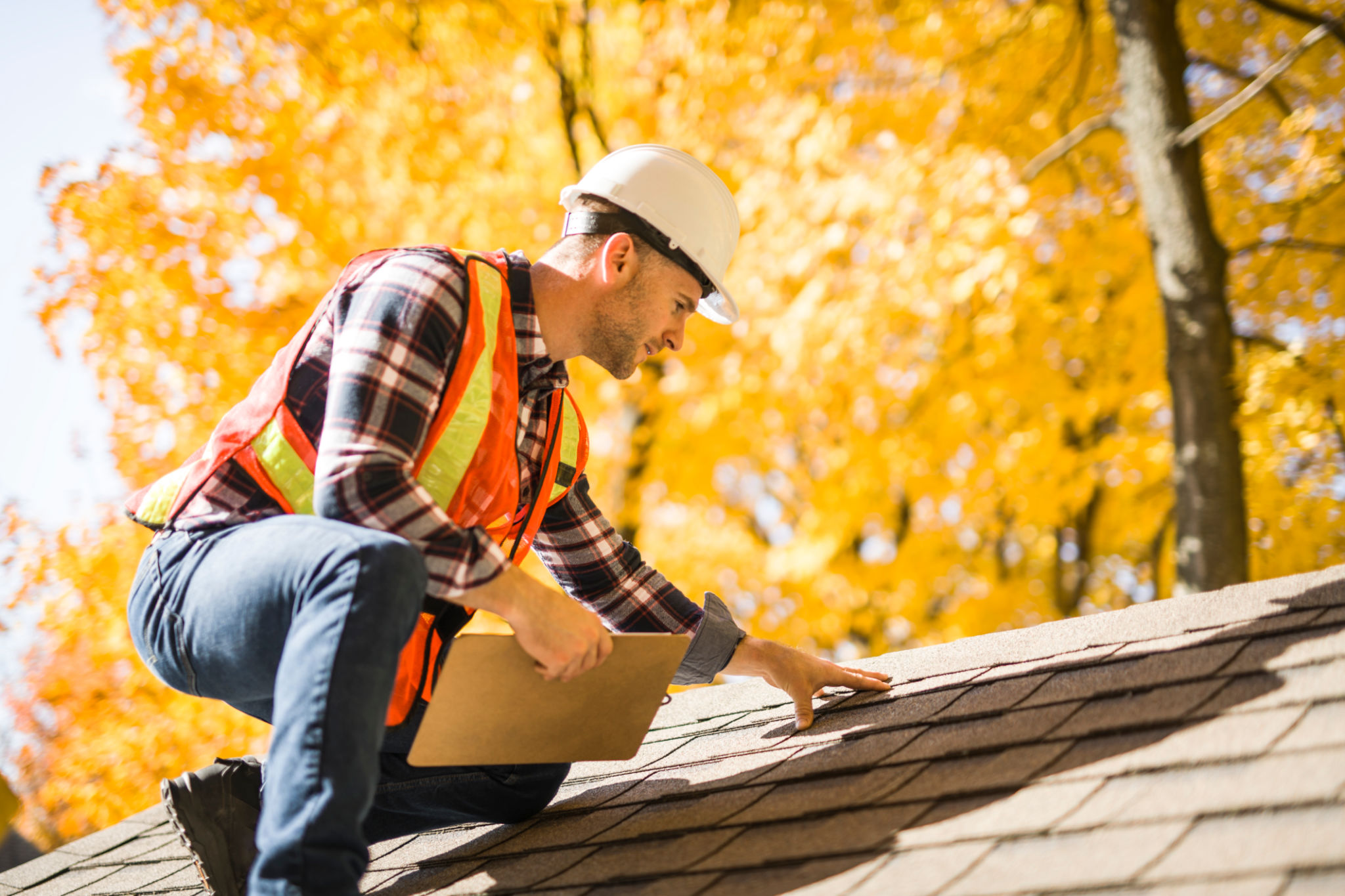How to Maintain Your Roof in the South Texas Weather
Understanding the South Texas Climate
Maintaining your roof in South Texas requires a keen understanding of the region’s unique climate. Known for its scorching summers, sporadic heavy rains, and occasional hurricanes, the weather can take a toll on roofing materials. This guide will help you protect your roof and extend its lifespan despite these harsh conditions.
South Texas experiences intense heat, with temperatures often soaring above 100°F. The constant exposure to UV rays can cause roofing materials to deteriorate faster. Additionally, the high humidity and heavy rainfall during certain seasons can lead to water damage if not addressed promptly.

Conduct Regular Roof Inspections
Regular roof inspections are crucial to catching minor issues before they turn into major problems. It is recommended to inspect your roof at least twice a year, ideally in the spring and fall. Look for signs of damage such as missing shingles, cracks, or any loose materials.
During the inspection, pay special attention to areas around chimneys, vents, and skylights, as these are common spots for leaks. If you are not comfortable doing this yourself, hiring a professional can ensure a thorough examination.

Check for Water Damage
Water damage is a significant concern in South Texas due to the heavy rains and humidity. After any substantial rainfall, check your attic and ceilings for signs of leaks or water stains. Water can seep through even the smallest cracks, leading to mold growth and structural damage over time.
Maintain Proper Ventilation
Proper ventilation is essential to prevent the buildup of heat and moisture in your attic, which can severely damage your roof structure. Ensure that your attic has adequate ventilation by checking for sufficient intake vents under the eaves and exhaust vents near the ridge of the roof.
Improving ventilation not only prolongs the life of your roof but also increases energy efficiency by keeping your home cooler during the sweltering summer months.

Trim Overhanging Trees
Trees provide shade and aesthetic value, but overhanging branches can be detrimental to your roof. During storms, these branches can break off and damage shingles or even puncture the roof. Regularly trim back any branches that are close to your roof to prevent such incidents.
Additionally, leaves and debris from trees can accumulate in gutters, leading to clogs that prevent proper water drainage. Ensuring your gutters are clear will help protect your roof from water damage.
Choose Durable Roofing Materials
When it’s time to repair or replace your roof, choosing materials suited for South Texas weather is crucial. Consider materials like metal roofing or clay tiles that are designed to withstand high temperatures and resist damage from heavy winds and rain.

Conclusion
Maintaining your roof in South Texas requires diligence and proactive measures. By conducting regular inspections, ensuring proper ventilation, trimming overhanging branches, and selecting durable materials, you can protect your investment from the region’s challenging weather conditions. A well-maintained roof not only enhances curb appeal but also provides peace of mind knowing your home is well-protected.
